Being a responsible pet parent entails providing for the basic needs of your cat. Aside from giving nutritious meals and grooming her regularly, she needs to live in a safe and enriching environment. This space should be filled with toys, scratching posts, clean litter boxes, and even handpicked plants that could keep her mentally stimulated.
If you’re thinking of bringing home an ornamental plant or growing some in your backyard, always go for species that are non-toxic for cats. We compiled 10 commonly searched plants without natural toxins that can harm your pet. (To learn about the top 10 toxic plants for cats, read this article.)
Before we run through the list, remember that this blog post is only a guide. Your cat may have specific conditions or allergies that may be triggered by certain plants. As such, it is best to consult with your veterinarian so you can make informed decisions.
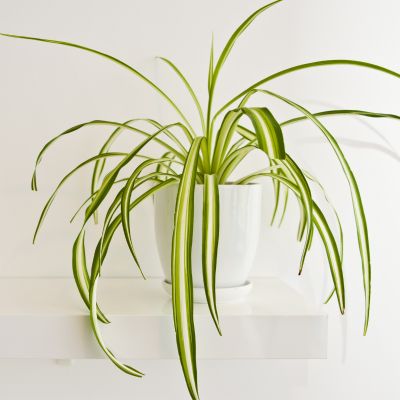
1 Spider plants
Also called spider ivy, anthericum, common spider plant, and ribbon plant, spider plants have long, thin foliage that curl and droop downwards. Because of their spider-like appearance, they look best placed in plant hangers or mounted on walls.
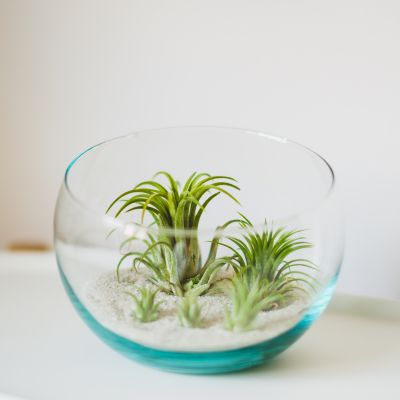
2 Air plants
These unique-looking plants are a safe choice for cat owners with pets fond of digging, playing with, or eating soil. Scientifically called Tillandsia, air plants do not actually need soil to flourish. Even better, they only need to be soaked or misted once a week. These small, low-maintenance plants can easily jazz up any room.
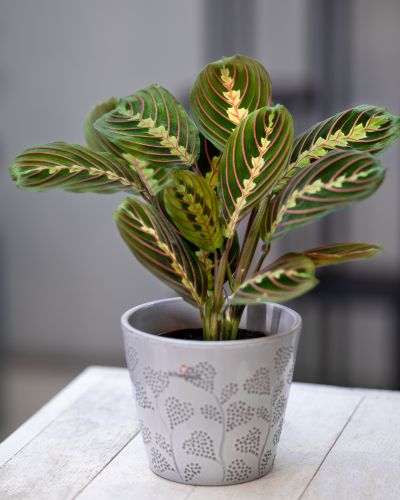
3 Prayer plants
Maranta, peacock plant, cathedral windows, herringbone plant, and rabbit tracks are other monikers of the prayer plant. At night, its striped leaves fold up and look like two hands pressed together in prayer. Plastic pots work best for these low-growing foliage, as terracotta may dry out its soil.
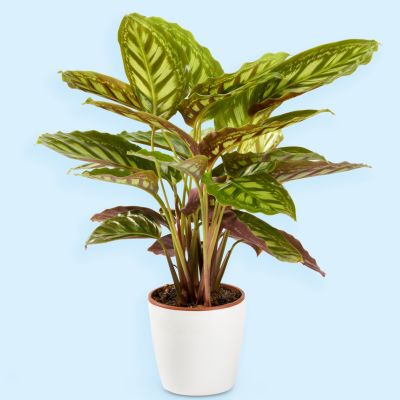
4 Calathea plants
Plants belonging to this genus can be owned by both cat and dog parents. They have beautifully marked and vibrantly coloured leaves. Perfect for beginners, rattlesnake plant (Calathea lancifolia) and peacock plant (Calathea makoyana) are two of the easiest varieties to grow.
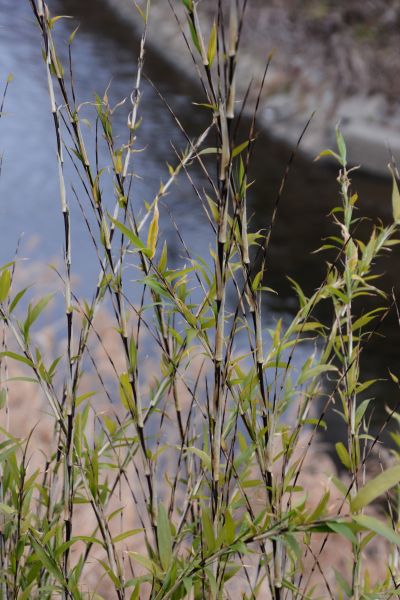
5 Bamboo plants
True bamboo species such as Phyllostachys aurea can be grown on your property without harming your kitty. They are typically cultivated in gardens because of their tall, hollow stems and lush, lance-shaped foliage in green or yellow. However, they can also be grown indoors by being placed in large sturdy pots.
Note that other plants with bamboo in their name are not necessarily safe for cats. This includes the lucky bamboo plant, which falls under the Dracaena genus.
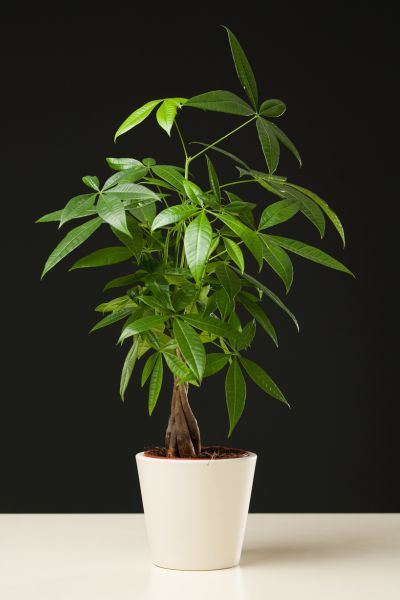
6 Money plants
A member of the family Malvaceae, Pachira aquatica is commonly called money tree. Its thick, intertwined stems can represent the elements (five stems) or new beginnings (three stems). This plant variety is non-toxic for cats and dogs, so pet owners can grow it at home.
Just like bamboo plants, many other plants are identified as money plants. Cat parents should steer clear of toxic money plants with these scientific names: Crassula ovata (jade plants), Epipremnum aureum (pothos plants), and Monstera deliciosa (swiss cheese plants).
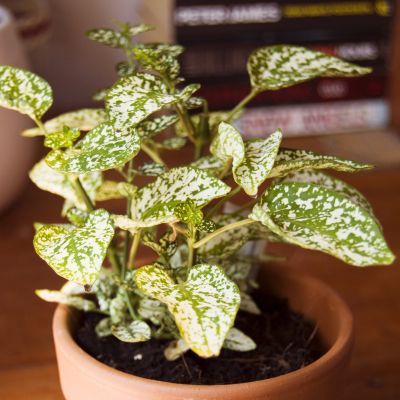
7 Polka dot plants
Hypoestes phyllostachya became known as the polka dot plant due to its unmistakable bespeckled leaves. The small shrub has gained popularity as an ornamental houseplant thanks to its unusual colour combinations and uneven markings. Pink Brocade, for example, features green leaves with mottled pink spots.
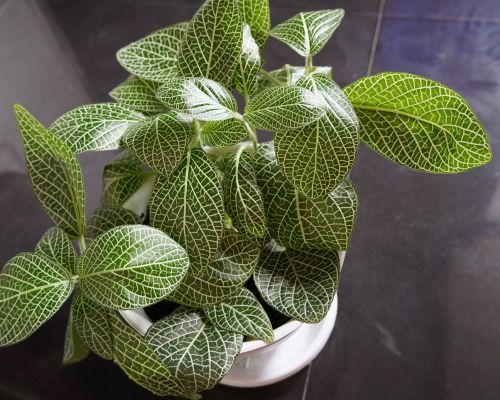
8 Nerve plants
The leaf markings on nerve plants resemble the intricate network of the nervous system. Pink, white, or red veiny lines dramatically mark its green, oval-shaped leaves. Popular varieties of the genus include Fittonia albivenis and Fittonia verschaffeltii, which may even bear flowers. Nerve plants look best on tabletops, in hanging baskets, or displayed in closed-glass terrariums.
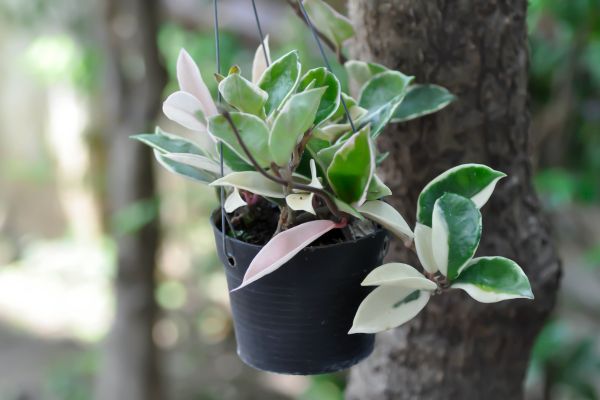
9 Hoya plants
With over 500 species to choose from, the Hoya genus is a safe choice for cat owners looking for new plants to grow. The single-leaf hoya heart plant may delight gardening novices searching for unusual finds. Others may find species with felted or hairy leaves and those that bear star-shaped blooms more intriguing.
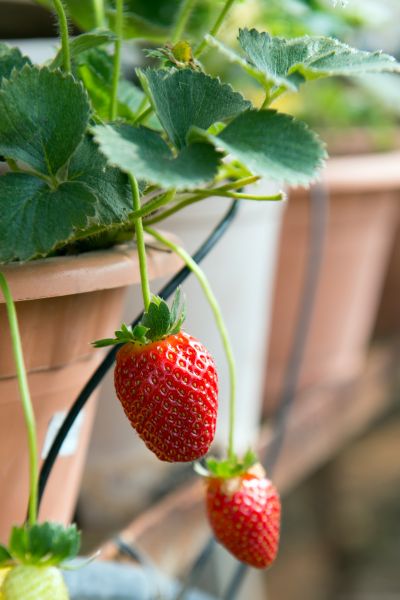
10 Strawberry plants
If you’re a cat parent who’s into fruit-bearing plants, you’ll be happy to know that you can grow strawberry plants without risking your pet’s health. Choose from 20 species with varying levels of sweetness and tartness, and grow them indoors in areas with lots of sunlight.
Other things cat parents should take note of:
- Even if a plant is considered non-toxic for cats, plant consumption can cause an array of minor and major complications. As obligate carnivores, cats don’t have the ability to digest large amounts of plant matter in one sitting. Plus, depending on their size, how much they ate, and how tough the plant part is, they could experience oral, dental, and/or gastrointestinal injuries. Broken teeth, choking, indigestion, vomiting, and intestinal blockage are some examples.
- The plant you choose to grow may be non-toxic, but what you apply on it may be poisonous for animals. Refrain from using harmful pesticides or fertilisers that your cat may have access to. Even inhaling or touching a dangerous substance can cause her harm.
- There are many possible reasons why your cat eats your houseplants. These include but are not limited to simply liking its texture, relieving boredom or anxiety, and needing to eliminate hairballs out of her system.
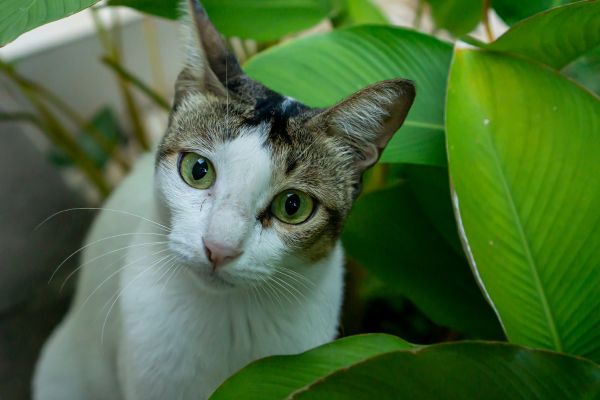
- Protect your indoor plants from your cat with the help of sensory tips. From spraying citrus juice on the leaves to placing rough textures over the soil, there are many ways to dissuade your cat from approaching your greenery.
- Get in touch with your veterinarian immediately if you suspect your cat ate a toxic plant. Determine how much she ate and what time she ingested it, and observe her for symptoms. If needed, take a picture or a sample of the plant to show your vet.
- The easiest way to protect both your cat and your plant is by placing the latter in areas of the house your cat doesn’t have access to.
Want to discover more indoor plants safe for cats and dogs? Check out our comprehensive category. You can also review these lists compiled by ASPCA, Pet Poison Helpline, and PetMD before cultivating a new plant at home.
Leave a comment
Your email address will not be published. All fields are required.